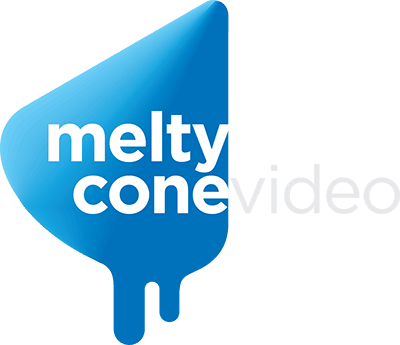Professional video production companies have the skills, creative direction, as well as the equipment that is required to produce a video with a clear message that your intended audience can understand. It is a significant determiner that is efficient and cost-effective to pull it all together through best practices in pre-production, during production, post-production, and delivery.
The script can include dialogue, narration, and visual and audio descriptions that reflect what the production crew needs to be captured.
Whether it is a 30-second trailer, a training series or a 90-minute documentary, the stages involved with video production are generally clear cut and similar.
1. Pre-production stage
The moment script development starts, it is the beginning of the pre-production stage. It involves everything that happens before the video shooting begins, from the project kickoff to casting, scouting locations, scheduling post-production, and more. Almost everything about a video production's logistics is coordinated from scratch, and they are completely based on the script. Everything must be set in place before the principal shooting and photography begins.
The pre-production stage of a project involves the planning for the video shoot that takes place before the starts to camera roll. To set the tone and overall vision of the video shoot, this stage of production is required, whether it is measured in minutes, hours or days. You’ll know that you are in pre-production mode the moment you start writing down a checklist or pointers that need to be included in a video even if it's for a short piece made for a blog. When it comes to industrial or commercial media, pre-production can consist of:
- Starting the project/project kickoff
- Schedule of the production
- Script development
- Storyboarding
- Concepts relating to graphics
- Location scouting
- Identifying and finalizing on the wardrobe and props
- Post-production preparation
2. Production stage
Production stage involves the script development and pre-production coming together, where the infamous command, "Action!" is called out, and that is when the cameras roll begins. A professional video production crew has an eye for detail and should be meticulous about lighting, have the skill to capture great sound bites during interviews, directing talent, and capturing relevant and beautiful B-roll. Production begins once all the footage is recorded. This process captures all the scenes and information that are shot in the pre-production process. During the production stage, you apply various the lighting requirements, framing and work on composition to fit aesthetics. Some projects will also shoot B-Roll during the production process, and B-Roll is any additional footage that can be added into the finished product.
3. Post-production
Post-Production stage or the editing stage is the point at which the production team digs into the recorded video and audio footage and assembles it following the script and guidelines. Sound effects, music, graphics , and visual effects are crafted and added, along with color correction, audio correction, and sound design.
During this stage/phase, producing videos that are of high-quality, requires an experienced team, pre-production strategies, as well as a guaranteed production process, and a quality assurance system to mention a few. With the combined efforts of all these processes, it will result in a video that reflects your brand image and meets your objectives, as well as exceeding your expectations.
Another way of looking at it is, the post-production process stars after all the footage and data is collected and captured. After which the graphics are added along with related images, music, color correction, and special effects. When you are producing your video content, there is a bit of a learning curve, but it will eventually be really rewarding. Post-production is similar to putting that last coat of paint on to lock in all the hard work, and it will be well worth it. Post-production is where your video project will fully come to life.
4. Marketing & Distribution
Once the project is free for the public and audience to view, we need to make sure that people watch it. So the next step for video production is the shift of focus to the marketing and distribution plan that the team drafted for the client back at the beginning of the process.
Melty Cone is an example of a video production company and agency that provides video services in NYC. Melty Cone Video is known to make videos for businesses, companies, nonprofits, and organizations.


